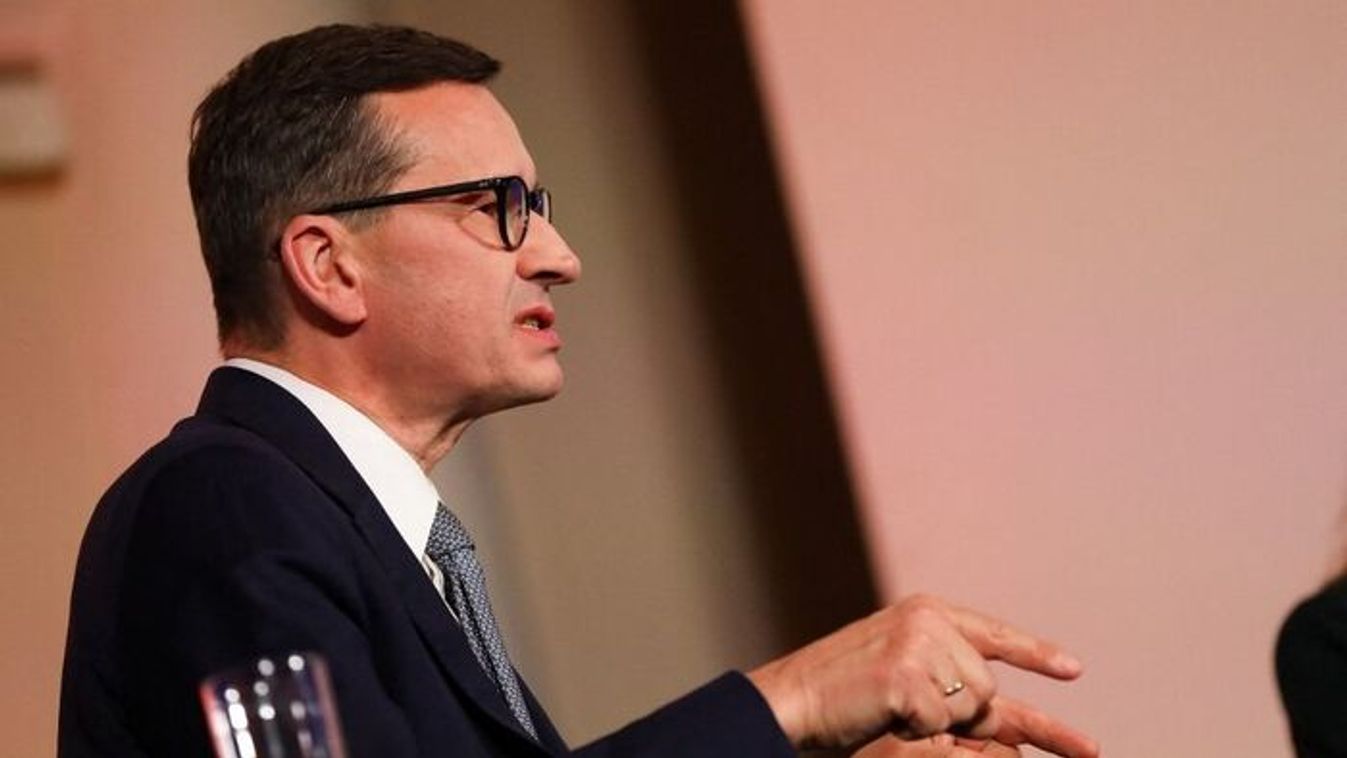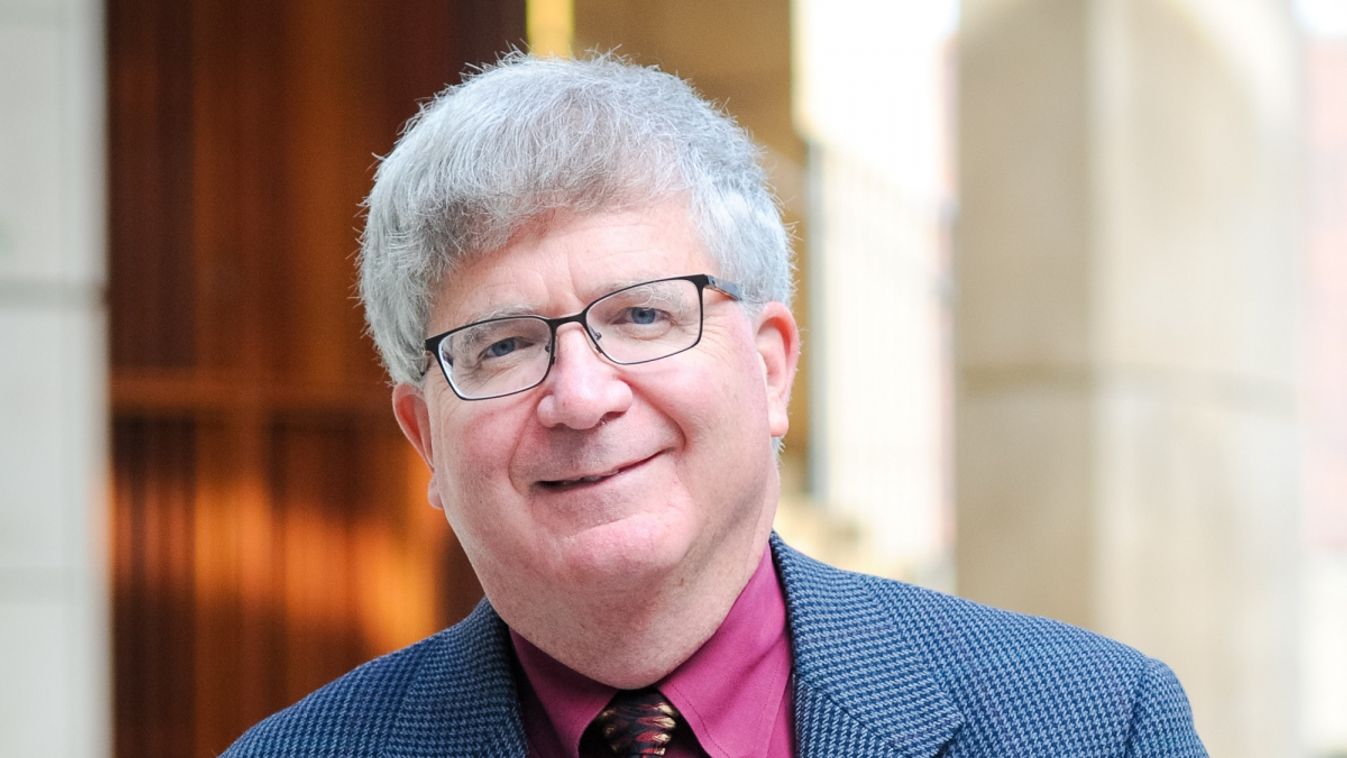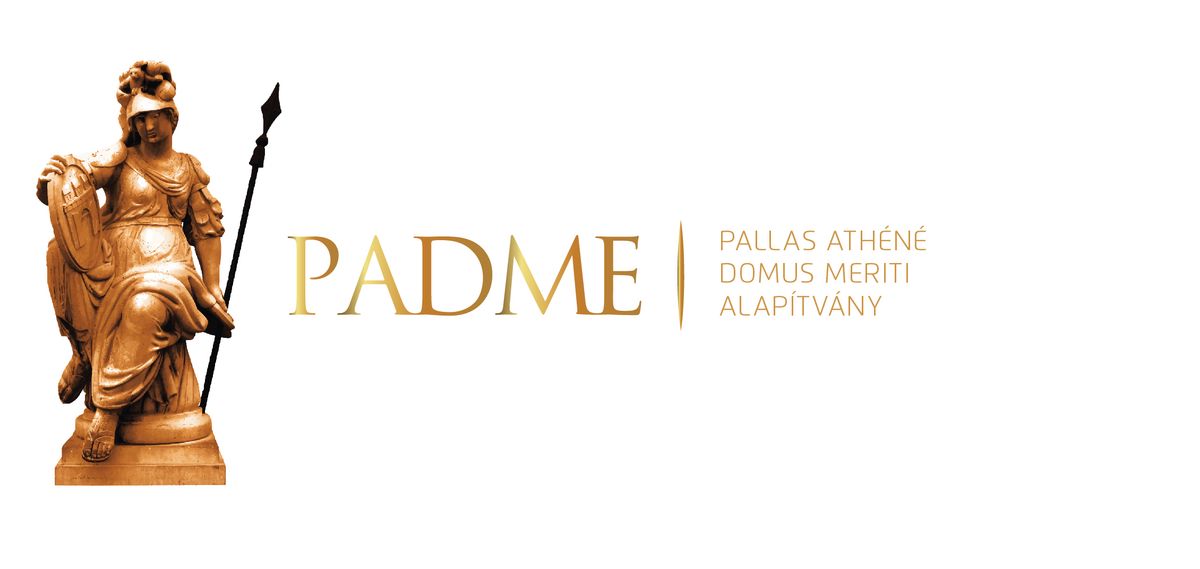Visszatért a kommunizmus: Politikai leszámolás Lengyelországban

Tusk új liberális ügyészsége sorra emel vádat a jobboldali vezetők ellen, a PiS pedig politikai leszámolást emleget.

According to the American conception the disestablishment of a religion does not mean that religion needs to be excluded from public life. Driving all the religious acknowledgment out of the public sphere would be to show a kind of hostility toward religion which is out of keeping from our understanding of disestablishment which is not an antireligious move – pointed out by Michael W. McConnell, Professor of Law and Director of the Constitutional Law Center at Stanford Law School in a conversation with Lénárd Sándor, researcher at the American Studies Research Institute of the National University of Public Service, located in Budapest.

You have been researching the area of the separation of church and state for a long time. Can you shed some lights on the origins of the “Establishment Clause” of the First Amendment to the US Constitution that is the American conception of the separation of church and state?
Under the British Empire before independence, there was an officially Established church, the Church of England. However, many of the colonies were settled by dissenters from the Church of England. This is especially true for the New England States, Massachusetts, Connecticut, New Hampshire, and later Vermont. In addition to that, New York was influenced by a joint establishment with the reform churches of Holland because of its Dutch heritage. But most of the southern colonies from Virginia to South were Church of England colonies. As independence approached, the existence of the Established church was one of the many sources of discontent with the Empire. It is easy to understand in the dissenting colonies, because the people there were strongly opposed to any imposition of different forms of religious faith. But there was also widespread discontent in the Southern, Church of England colonies because many believers thought that the Established church was spiritually stultifying. They objected to ham-fisted government control of their churches. So generally, religious people resented the Established Church for its poor job in promoting Christian faith, while non-religious people resented it because its requirement of taxation and attendance.

How was this discontent settled after the United States gained independence from the Empire?
After independence, some of the colonies retained certain established religion that we can call “multiple establishments”. People there were required to support a church but were permitted to select for themselves which church to support. This “multiple establishment” system existed in most of New England and it was also proposed in other States, most prominently to Virginia where it was voted down after intense debate with Thomas Jefferson and James Madison leading the opposition. The idea of a multiple establishment was that the presence of a strong church is important for a public order, good governance and especially for a republican government. The church was the main institution for the inculcation of habits of public virtue. The reasons were not theological in nature but rather political in nature.
The opposition to the Established church was based primarily on the theological notion that for religious faith to be genuine and therefore valuable, it has to be voluntary. Every person’s relationship to God is one that has to be determined by them. Any forced religious observance is not just phony but actually a kind of idolatry because God commands each person to worship Him in accordance with conscience and not in accordance with compulsion.
When the Bill of Rights was written in 1789, there was some worry that it would disturb the remaining established religion in roughly half of the States. So the compromise was the First Amendment provides that Congress – that is the federal government – “shall make no law respecting the establishment of a religion.” The new national government would not establish religion but it would also leave the remaining state establishments in place. However, over the first 40 years every state that had some kind of establishment ultimately disestablished religion so that by the 1830s there was no establishment of religion left in the United States.
So there are significant differences between the ways in which the US and many European countries such as France separated their church from the state.
Yes. I would say that there are two important differences between these two conceptions of disestablishment. The disestablishment in France was at one point in time and was driven by a particular ideology whereas in the United States disestablishment was gradual, state by state, and based upon a combination of views. These views include not only enlightenment figures like Thomas Jefferson or Benjamin Franklin but also intensely religious people who supported this type of disestablishment because they believed that the government control over religion is bad for religion.
The second difference is that the French did not actually reject the idea of government control but they wanted to replace the old established Catholic Church with what they called a “republican religion”. For example, they took over the cathedral of Notre Dame and turned it into the Temple of Reason. Whereas in the United States, the idea of disestablishment was to get government out of the business of controlling religion and leave religion to the conscience of the people and their churches and congregations, synagogues and so forth. The French revolution had an anticlerical and antireligious edge to it that did not exist in the United States. Many of the strongest supporters of disestablishment in America were in fact intensely religious people.
We can also see that religion still plays a more vital role in American life and even in American public life than in the life of many European countries, let alone the European Union. It is impossible to imagine a legislative prayer at the opening of a legislative sessions or the recitation of “God save this honorable Court” at the opening of a court’s session in a lot of European countries. In a lot of sense, America shows an example how to preserve religious legacy. How can you constitutionally reconcile this very important heritage with the principle of the “separation of church and state”?
We do not believe that the disestablishment of a religion means that religion needs to be excluded from a public life. Rather the establishment of a religion was a legal institution that involved some combination of coercion of religious practice and discrimination between religious faiths. Religious symbols are not necessarily coercive. As long as they are reflective of the plurality of views of the United States, they are not necessarily discriminatory. We also believe that to drive all the religious acknowledgment out of the public sphere would be to show a kind of hostility toward religion which is out of keeping with our understanding of disestablishment which is not an antireligious move. Instead it was a move to make all kinds of religious practice welcome and lawful and included in the American culture. So the natural reaction to a religious symbol in America is to keep that symbol but to be hospitable to allowing minority religious groups to have their own symbols in the public sphere. For example, in December during the holiday season, not only do you see Christmas trees and nativity scenes but you see Jewish menorahs and other symbols. Rather than being a secular disestablishment leading to a wholly secular public culture in America, it is a pluralistic disestablishment leading to a pluralistic legal culture.
But it also seems that there are debates around the role and scope of the Establishment Clause. We have seen repeated attempts to reduce or entirely eliminate the very rich role of religion in American life and claims have been made against religious symbols or prayers throughout America in the past decades. The latest example of these claims was made against the Maryland Memorial Cross. How do you see these debates and what do you think that “originalism” or original understanding of the Constitution can help reduce these claims?
Let me highlight three things about the religious symbols controversy that do wind up in courts. First, it has become evident that the courts themselves have been responsible for creating a lot of the religious divisiveness over symbols. In many cases, the symbols were there for decades without anyone even thinking about them or without causing any controversy at all. Then someone suddenly brings a lawsuit and it is really the lawsuit that creates the antagonism rather the symbol itself. What the contending groups want is to have the Supreme Court or some other court make a proclamation that their point of view is the correct one on these contentious matters. So the Supreme Court is rather part of the problem than part of the solution.
The Supreme Court has shifted its ground quite dramatically in the last decade or so. The first symbol case was decided in the early 1980s, Lynch v. Donnelly involving a nativity display in Rhode Island. And then a series of cases followed and almost every one of them was an angry contentious 5 – 4 decision. However, more recently in the Maryland Cross Case that you asked me about, the Court has begun to come together and in that case there was a vote of 7 – 2 to allow the World War I memorial cross to remain in place. The tone of the opinions was calm and mutually respectful. I think the Court must have decided to turn down the temperature of these disputes rather than to intensify them.
The third thing I want to draw attention on is that considering the original Constitution and its history, there was no reason to believe that the use of religious symbols in civic occasions was ever thought to have anything to do with the establishment of a religion. Establishment of a religion was about the sort of coercive institution of the Church of England. But the existence of religious symbols was never thought to be problematic. So when George Washington was inaugurated and sworn in as president, the entire Congress went across the street and had a worship service together. This is not because they all belonged to the same Church, but because they did not have resentment against religion or religious difference. It was George Washington himself who added to the oath of office the final words “so help me God”. Even Thomas Jefferson, who was the closest to a non-religious president, allowed various denominations to meet in public buildings on Sundays and he himself attended services on Sundays at the US Capitol. When the framers created a Great Seal for the United States, the first one they came up with a woodcut depicting the parting of the Red Sea with the slogan of “resistance to tyranny is obedience to God”. The official seal also contains reference to God and religious symbols. Therefore, no evidence whatsoever that anyone on any side of the political spectrum at the time of the founding believed that having religious symbols as part of public life was an establishment of a religion.
There is another quite interesting development in the US starting with the Everson v. Board of Education Supreme Court ruling in 1947. The Court held that the First Amendment religious clauses are entirely applicable not only against Congress but also against the Member States. How does this “constitutional centralization” affect the individual states’ conception of the role of the church?
There is very little doubt that the original Establishment Clause of the First Amendment was designed to allow the States to go their own way. Congress was forbidden to pass new law respecting an establishment. This provision decentralized the question of religion. In the Everson decision that you mentioned, the Supreme Court held that the disestablishment principle was now applicable to the States as part of the nationalization of most civil liberties questions. This is still a controversial decision. Justice Clarence Thomas continuously takes the view that it was a mistake to hold that the Establishment Clause applies to the States. However, he is a lonely voice; none of the other justices joined with him on this point. Therefore, it is almost inconceivable that after more 70 years the Supreme Court would reverse this decision returning to a decentralized approach. But had this decision not happened, I would feel pretty confident that the different states would have gone different ways. For example, Alabama would have a different view on disestablishment from States like Oregon or Washington. Utah which is 70% of one religious denomination is very likely to be quite different from New York which is so religiously diverse.
In light of this centralization how do you see the question of religious accommodation? To what extent religious exemptions shall enjoy constitutional protection over state regulation so that America could preserve its religious diversity and freedom?
I think that the accommodation of religion is part of that centralization. In a centralized environment, the Free Exercise clause is interpreted in a way to permit and to even require under certain circumstances the government to accommodate religion in cases of clash between the religious practice and the law. We have had religious accommodations from the beginning and it has been only “constitutionalized” or in other words imposed by the interpretation of the Constitution since the early 1960s. It has been controversial, but it is interesting to see that the controversy shifts from one side of the political spectrum to the other.
In the early years of the doctrine, the principal issues of accommodation had to do with opposition to the war in Vietnam and with the Native American or other minority religious practices. The more liberal side of the political spectrum tended to support these religious accommodations, while the more conservative side tended to be skeptical of them at that time. But after the cultural left has become so powerful in many states, the politics have changed and now the issues of accommodations have shifted to same-sex practices, abortion and birth control practices. So now the conservative side of the political spectrum is more supportive to the accommodation and the left liberal side is more skeptical. I do not think that those changes have anything to do with the principal understanding of the religious freedom. The particular interpretation of the First Amendment provides decentralization that includes accommodation of differences so that not everyone has to march to the same drummer. We have a lot of space in our constitutional law for people to practice their faith.
***
A cikk a Pallas Athéné Domeus Educationis Alapítvány támogatásával valósult meg.
